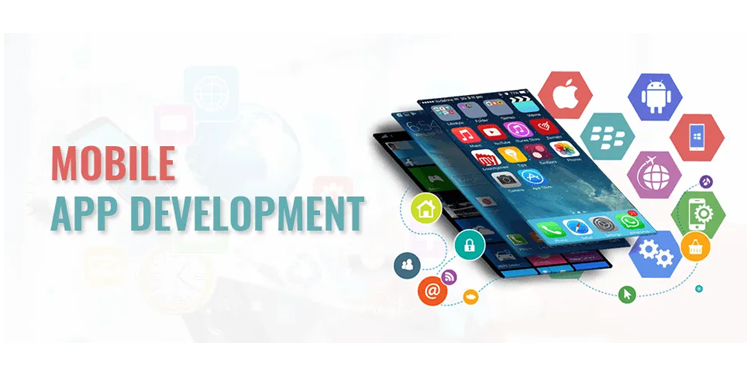Mobile Application Development Methodology
As the smart phone has become the major device for business communications, it has become equally important for developers to determine some of the methodologies that could be used to develop mobile applications. Such methods include the agile methodology and other methods as well.
The smart phone is quickly becoming the main device used for business communications. The technology enables businesses to reach potential and existing clientele in an innovative and new way. The same as other business, mobile app development has technological enhancements and innovations that make a trend for as long as there is something better in place. In mobile app development, clearly, the agile development methodologies are getting more popular compared to the traditional waterfall development method.
Principles of agile mobile app development
Developers of agile methodology and app development companies offer early and ongoing software delivery, application modules in a few weeks. There is constant interaction and alliance of the developers within the business owner or enterprise. Clients could request modifications even during the later development stages, which is paramount to meet market challenges and to enjoy a competitive advantage in the marketplace. Agile project management is more a goal based management instead of a collective project management. This kid of management allows using the full potential of the sources as each one could have mastery on one aspect of the app and less or even no understanding of the other.
Mobile app development methods
- Native application. Creating a native app means separate development for every mobile device. The advantage of designing an application entirely from the ground up for a native platform is that one could optimize the feel and look of every application for every device, pushing every hardware to the limit. Obviously, the drawback is that the code should be developed independently for every platform and the same app should be programmed in multiple languages. This costs most and takes a long time to develop. However, one has complete control over the UI or user interface for every device.
- Cross-platform method with a development platform. Developers who are familiar with .NET do not have to switch to Objective-C to develop for Java, iOS, J2ME for Android and other platforms. Rather, they could use the open source and free project, Mono, that could be run on iOS, Android and a lot of other operating systems. Users of Mono could develop using Visual Studio than XCode and could use a personal computer instead of a Mac to develop Apple products. The ability of developing using a preferred language minimizes the skill requirements and infrastructure expenses to develop for both Android and iOS. The disadvantage is that because every device uses different operating systems and hardware, the app may not be user-friendly and optimized for every native platform. Nonetheless, the UI layer code could be made for every app device, and business and data layers could stay consistent upon using the right architecture.
- HTML5 Mobile site. With the advent of HTML5, rather than developing applications for mobile devices, application developers could now simply create web apps and websites that could be then converted to a mobile application. Developing an application in HTML5 is fast and simple and needs less maintenance and code compared to other options. Only HTML and JavaScript knowledge are needed to build an app that has the feel of a web application but is mobile friendly. A develop could build a HTML5 website with any other programming technology, like PHP or .NET. Then, they should build code for Android, iPhone or Windows that loads browser controls. Browser controls could show the URL in a browser. The set-up is released to a mobile user. The advantage of mobile-centered web apps and websites is very rapid development and no required skills in a particular language, the code would be the same. The drawback is that developers are unable to explore the abilities of certain devices.
- Hybrid mobile apps. Hybrid development is a combination of the best or worst of both HTML5 and native worlds. Hybrid is defined as a web app, mainly created using HTML5 and JavaScript, that’s then wrapped inside a thin native container, which give access to native platform features. An example of the most popular container for building hybrid mobile apps is PhoneGap. Mostly, hybrid applications provide the best of both worlds. Current web developers that have become gurus when it comes to JavaScript optimization, pushing CSS to build beautiful layouts and writing compliant HTML code, which works on any platform, now could make sophisticated mobile apps that do not sacrifice cool native capacities. In some instances, native developers could write plugins for tasks, such as image processing.
Mobile app development is constantly a moving target. Every six months, there is a new mobile operating system that has unique features that are only accessible with native APIs. The containers bring the hybrid apps soon thereafter, with the web making great leaps every year.
Indeed, there are different methodologies that could be used in developing mobile applications.
A hybrid application is a cross-platform and solves some problems that some may experience with full web applications. There are various benefits that hybrid mobile...
 Feb 15, 2017
Feb 15, 2017 



Comments
Leave a message...